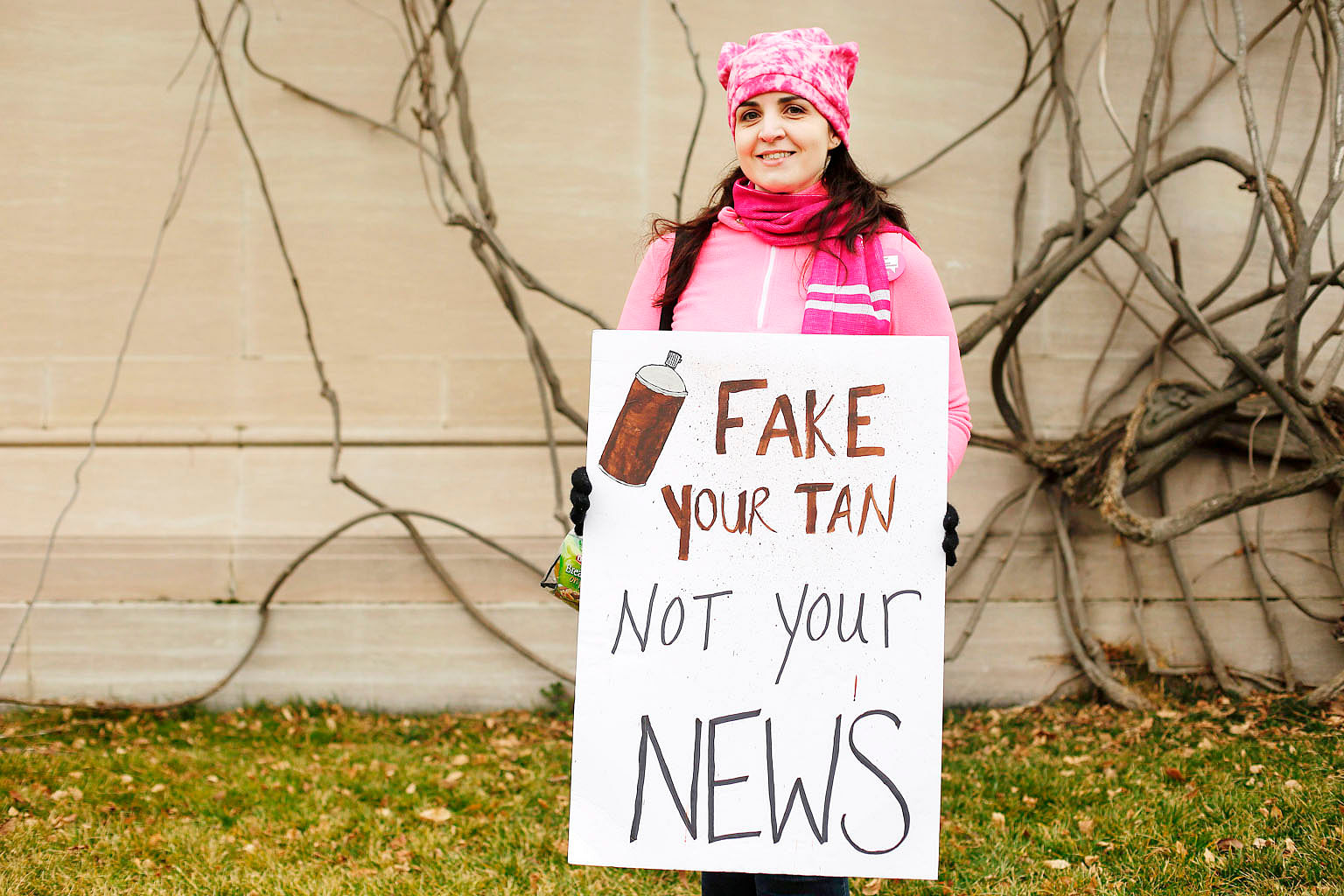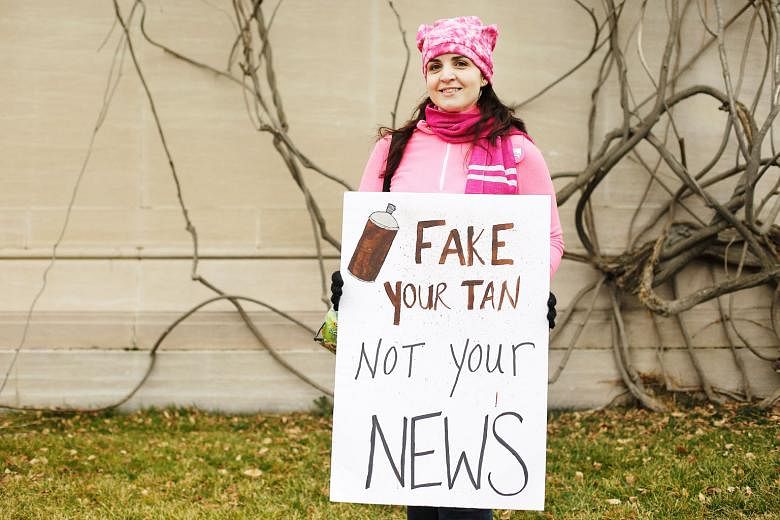Fake news which spread during the United States presidential election caught global attention last year. The fake news went viral on social media and shocked the public.
US President Donald Trump's victory was even regarded as the outcome of fake news.
But fake news and rumours are not confined to just the US; Malaysia has had its fair share of fake news circulating.
Although the situation and magnitude of the Malaysian cases are not comparable with those in the US, it is enough to show the pervasiveness of fake news on the Internet.
Many people are unable to discern authentic news from fake news, and those with vested interests are exploiting the situation. The creation and spread of fake news and hoaxes on the Internet is money-oriented, politically-oriented or linked to other hidden agendas.
During the Malaysian General Election in 2013, when the opposition was seen being likely to win a majority of seats, fake news and photographs went viral on the Internet.
The ruling party was accused of hiring 40,000 foreign workers from Bangladesh to vote. Many people took the rumour as genuine and even wanted to heed the call of non-governmental organisations on social media to arrest the purported phantom voters at polling stations.
Despite denials by national agencies such as the Election Commission, immigration authorities, police and national registration department, many voters still believed the fake news.

On polling day, voters who resembled foreign workers were cornered and questioned. Many of those confronted were unable to defend themselves.
Although the "phantom voter arresting team" later apologised, the incident proved that fake news can have a far-reaching impact.
Other fake news which went viral during the same election was a rumour that a power outage had occurred in the vote-counting centre in Bentong, as well as reports that a suspicious ballot box had been sent to the centre. Hence, some people thought the electoral result was fabricated.
When Mr Wong Tack, a candidate from the opposition party lost marginally to Mr Liow Tiong Lai of the Malaysian Chinese Association, part of the ruling coalition, rumours circulated on social media.
Although opposition leaders came forward to clarify that there had been no blackout at the counting centre and no suspicious ballot box had appeared at the eleventh hour to overturn the result, many voters still believed that the lights had been switched off or that some unseen transaction took place after the balloting.
One version of a phone theft incident at Low Yat Plaza shopping mall in Kuala Lumpur that circulated on social media stated that the suspect had been sold a counterfeit mobile phone by the dealer, who refused to replace the phone, and a clash took place.
The incident almost turned into a racial conflict as the suspect and dealer were of different races.
Gleneagles Hospital in Kuala Lumpur fell victim to a fake news story that alleged that staff members had been releasing a "toxic fragrance" over a period of 16 years.
Despite the hospital's repeated denials, someone is still spreading the story today. The hospital is helpless.
Fake news and rumours continue to dominate cyberspace in Malaysia. Early this year, an elderly Chinese woman was falsely accused of being part of a syndicate which kidnaps children. After investigation and verification by the print media, the woman was identified as just a regular at a shopping mall who was close to some sales staff.
The woman's name was cleared. But the damage was done. The elderly woman became afraid of leaving her home. She shied away from people and remained at home throughout the Chinese New Year period.
With fake news and rumours continuing to spread on social media, the Najib administration has set up a Web portal called Sebenarnya.my to combat the problem.
At the end of the day, our readers and netizens should have a better understanding about the media. The root cause of fake news spreading widely and quickly is a lack of understanding.
The public is unable to identify fake news or do not know how to verify it or boycott those who spread it.
Sin Chew Daily has also been a victim of fake news and rumours. Because of the urgent need to educate our readers, we started a special page called "Seek The Truth" on Wednesday, in conjunction with World Press Freedom Day, to counter fake news by tracing its source. Readers will be guided on ways to identify fake news.
We hope everyone will use the Internet responsibly by not forwarding unconfirmed information from unidentified sources. Bring positive energy to society.
- This is a series of columns on global affairs written by top editors and columnists from members of the Asia News Network and published in newspapers and websites across the region.


